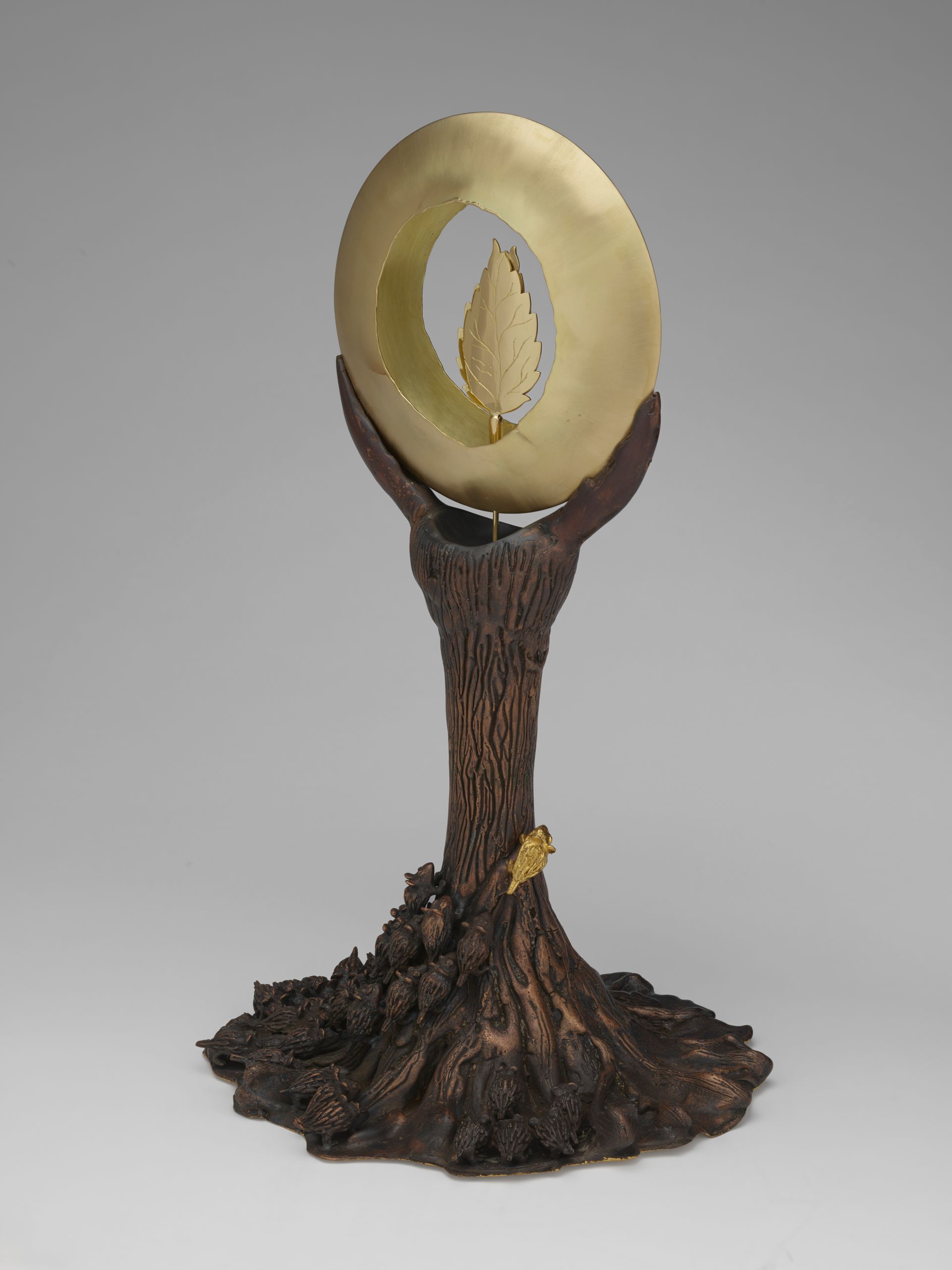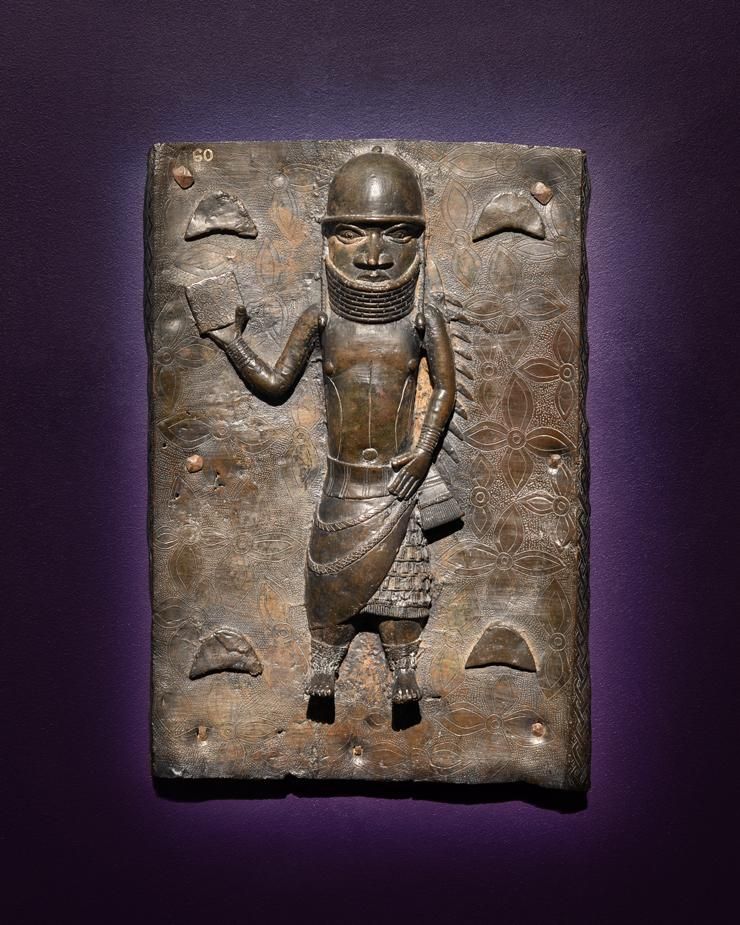Cultural Restitution
SHARE ARTICLE
Major repatriations this week by Washington D.C.’s Museum of the Bible highlight scandalous failures in the Museum’s acquisition procedures. But has the Museum learnt from past mistakes?
Egypt is celebrating the
return of thousands of artefacts from the Museum of the Bible, following successful negotiations with Egyptian and U.S. authorities which started in 2016. The collection, which has been held in a third-party fine art storage facility since June 2020, includes nearly 5,000 manuscripts and fragments of papyrus, with texts written in hieratic and demotic scripts, as well as manuscripts written in Coptic, Greek and Arabic languages.
Also returned are several cartonnage funerary masks, parts of coffins, heads of stone statues and painted portraits. In total, these items are understand to represent the entirety of the Museum's Egyptian collection.
Egyptian authorities believe all these artefacts were illegally excavated and smuggled out of their country. They’ve now been handed over to the Coptic Museum in Cairo.
At the same time, the Museum has returned to the Iraq Museum in Bagdad of a collection of over 8,000 clay objects, also believed to have been looted. This is part of a larger number of ancient clay tablets and seals held in the Bible Museum's collection whose authenticity and legal importation into the U.S. has been the subject of fines and federal investigations.
Responsibility for these collecting failures must rest largely with the Museum’s founder and chairman, Steve Green, the craft store billionaire of U.S. family-owned firm Hobby Lobby. Green started collecting manuscripts and artefacts for what would ultimately become the Museum of the Bible in 2009. However, since the Museum opened in 2017, scandal has blighted the collection. A mountain of evidence has exposed an acquisition history of fakes, looted objects and artefacts acquired with no reliable provenance.
In a statement made to the press in March last year, Green admitted “I knew little about the world of collecting. It is well known that I trusted the wrong people to guide me, and unwittingly dealt with unscrupulous dealers in those early years”.
These two latest repatriations to Egypt and Iraq follow a personal commitment he's made that curators in the future will undertake greater research into the provenance of thousands of items in the Museum’s collection. He also commits them to more engagement with officials in countries such as Egypt and Iraq, “regarding items that likely originated from those countries at some point, but for which there was insufficient reliable provenance information.”
Intentions are one thing. But authorities will be looking closely at the Museum's ability to deliver on these commitments in the future.



